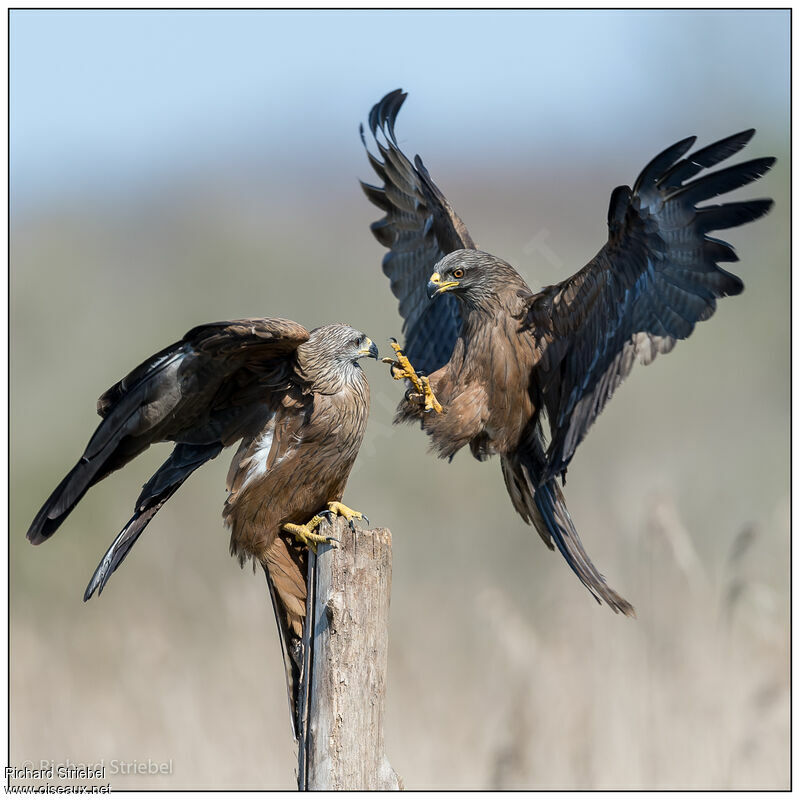March is known for marking the start of the summer season, but did you know that it also heralds the arrival of the famous Black Kite (Milvus migrans) in the skies over Lake Geneva?
This bird is known for its seasonal migrations: in winter, it heads for sub-Saharan Africa and returns to our regions to breed in early spring. It is a diurnal bird of prey that belongs to the Accipitridae family and can be recognised by its triangular tail. In flight, the upper parts are dark brown, while the belly and underside of the wings are reddish brown. It is hard to miss with its whinnying-like call.
This bird of prey is found mainly on our plateau and is closely linked to the aquatic environment. It frequents the banks of rivers and lakes in particular, where it finds alternating open environments, necessary for feeding, and closed environments with large trees for nesting. Reputed to be opportunistic and a scavenger, it is not an outstanding hunter as it feeds mainly on dead animals. In fact, around Lake Geneva, it mainly eats dead fish, but can also take advantage of weakened living animals such as small mammals (mice, voles and rats).
Is the Black Kite a sociable bird?
Gregariousness (the tendency of an animal to group together in relatively structured societies) is very marked in this bird of prey. Black Kites often nest in small colonies and, at the end of the breeding season, they gather in trees to form "dormitories" in the evening. Large groups can often be seen resting in ploughed fields, where they find small mammals that have been injured or buzzed by farm machinery. Their migration is impressive to watch as it often takes place in groups. When the weather is favourable, several hundred individuals can pass through the Lake Geneva region in a single day.
Finally, spring is the breeding season for this species, so keep your eyes peeled if you're out walking in the woods, and don't forget to give them a little privacy.
Sources
vogelwarte.ch - Black Kite
oiseaux.net - Black Kite
Le Mag des Animaux - The black kite, a bird of prey with a V-shaped tail.
Photo credit
Caption: A male arrives to cover the female © Richard Striebel


